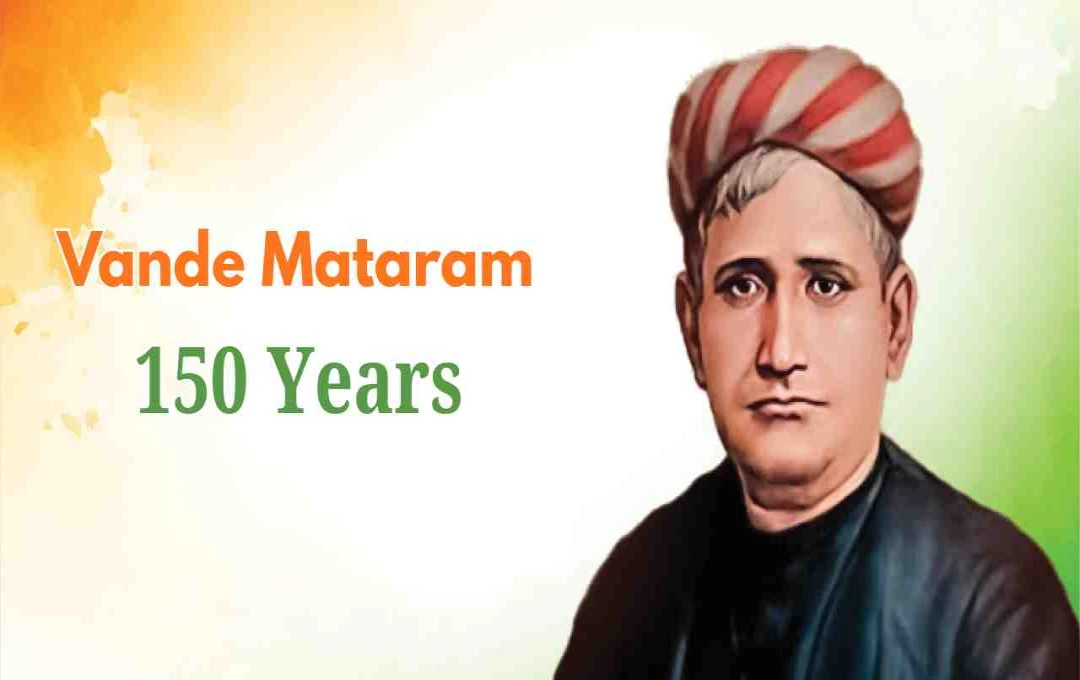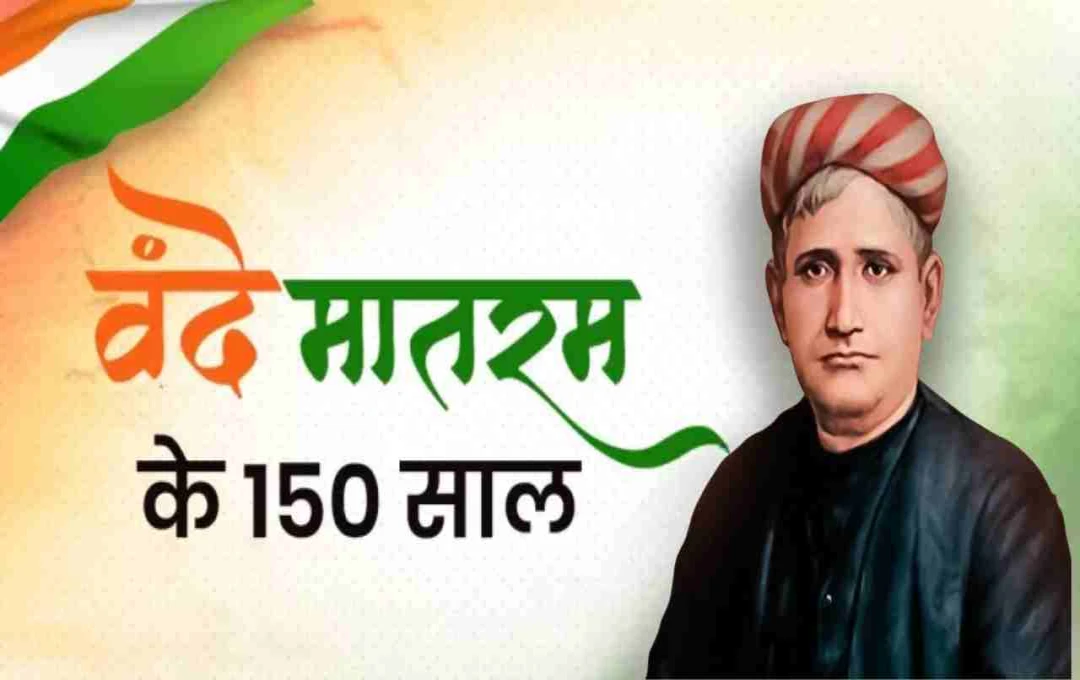India's FMCG sector, or Fast Moving Consumer Goods market, has completely transformed. Where once giants like Hindustan Unilever, ITC, Nestle India, and Tata Consumer dominated the market, now smaller and local brands have begun to challenge their hold. These brands have not only competed with the big names but have also adapted themselves to the rapidly changing preferences of consumers.
Big Leaps by Small Brands
Today's consumer no longer buys based solely on brand name; they look at what the product offers. This mindset has given small brands an opportunity to grow. Brands like 1to3 Noodles, Balaji Wafers, Rungta Tea, and Mario Biscuits are examples that have now established their presence from rural to urban areas. Instead of spending heavily on advertising like the big brands, these brands have focused on product quality, price, and local taste.
Local Connection Becoming a Major Strength
In a country as diverse as India, every state, every district, and even every village has its own distinct preferences. Small brands have understood this difference and tailored their products accordingly. Different chips for the taste of Gujarat, special biscuits according to the taste of Bihar, noodles with local spices for Maharashtra – these brands have created special products keeping in mind the preferences of small areas. This is why people feel more connected to these brands.
Even Companies Like Nestle are Learning

Suresh Narayanan, MD of Nestle India himself admits that small and local brands have transformed the market. They are not only giving consumers more choices but are also teaching big companies that change is necessary. Today's generation wants to connect with new features and quality, not old names. This is why big companies now have to rethink their strategies.
Low Cost, Rapid Change
Compared to big brands, small brands can adapt more quickly. Their operations are local, so it is easier for them to change products, alter the supply chain, or launch a new flavor. Additionally, their costs are lower. While big brands are entangled in huge marketing budgets and large distribution systems, small brands manage to operate with lower expenses.
E-commerce and Quick Delivery Giving New Wings
In the digital age, the ways of buying goods have also changed. Quick delivery services like Blinkit, Zepto, BigBasket, and Amazon have opened the way for small brands to reach customers directly. Where previously only large companies had a b distribution network, now small brands can also send their products to remote villages through online platforms.
Growing Hold in Rural India
Another strength of small brands is their reach in rural India. Local brands are gaining a much ber foothold in villages and towns compared to big brands. The reason is clear – these brands understand the local language, culture, and needs. Their products are not only cheaper but are also easily available in those areas where previously only big companies had a presence.
Changing Mindset of Customers Opening Doors

Today's customers are more aware. They do not look at the product's name but rather see if it is useful to them or not. More than branding, they give importance to quality, taste, price, and availability. Small brands have brought about a big change by focusing on these four things.
Big Names are Now Learning from Small Ones
Today's situation indicates that the way of doing business has changed. Companies like HUL and ITC now feel the need to make changes in their strategies. The speed, flexibility, and direct connection with customers of local brands are forcing them to adopt a smaller-scale mindset. Big brands are now paying attention to smaller markets and are changing their products according to those markets.
Startup Culture Has Changed the Face of the Market
The startup culture has also greatly strengthened local brands. Young people have now moved towards new businesses instead of traditional jobs. This is why new brands are entering the market every month, which understand the needs of customers better and offer solutions accordingly.













